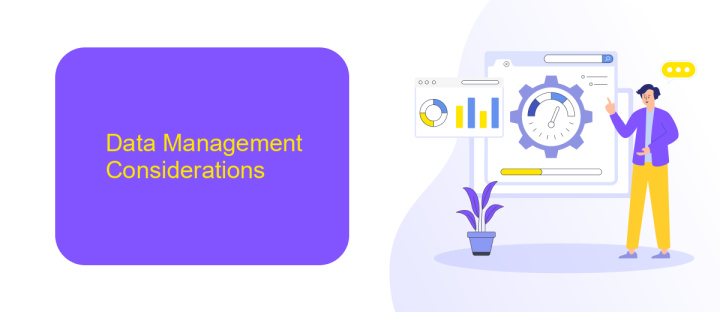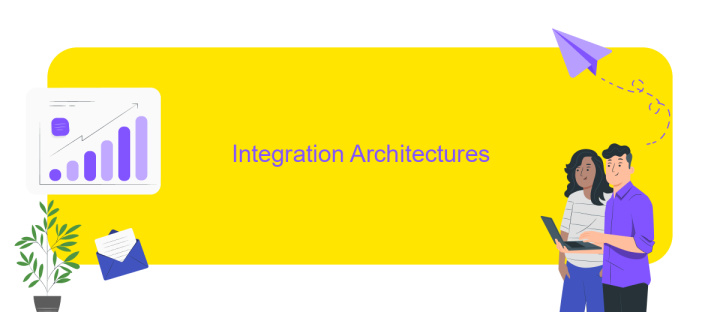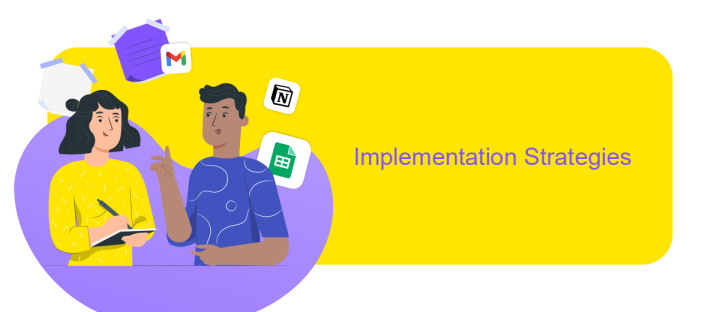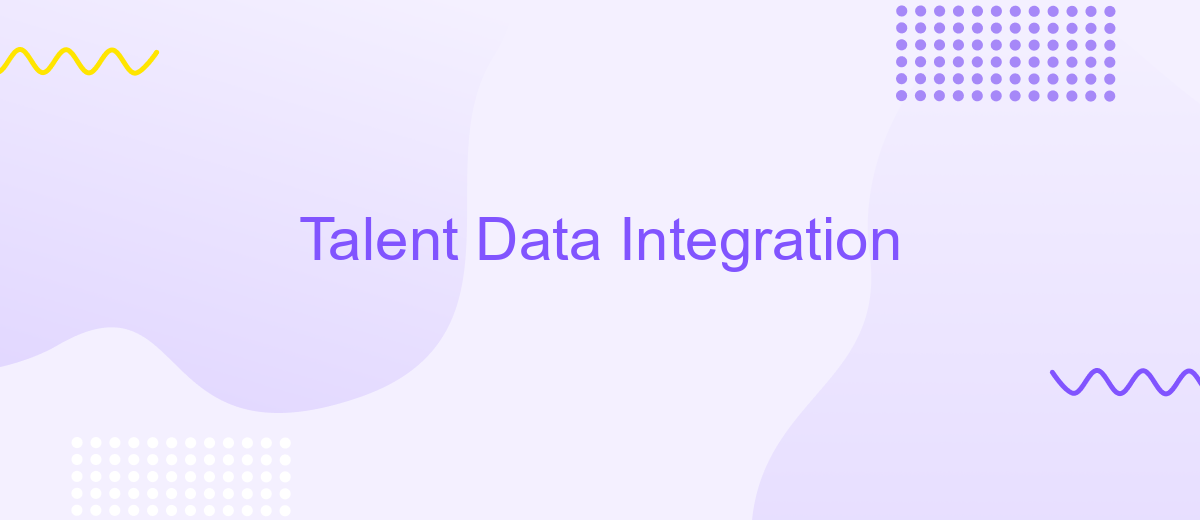Talent Data Integration
In today's competitive business landscape, integrating talent data has become crucial for organizations aiming to optimize their workforce strategies. Talent Data Integration combines various data sources to provide a comprehensive view of employee skills, performance, and potential. This holistic approach enables companies to make informed decisions, enhance talent management practices, and drive overall organizational success.
Introduction
Talent Data Integration is a crucial aspect for modern organizations aiming to harness the full potential of their workforce. By seamlessly integrating data from various sources, companies can gain a holistic view of their talent pool, enabling better decision-making and strategic planning. This process not only enhances efficiency but also fosters a more engaged and productive workforce.
- Centralized data management
- Enhanced decision-making capabilities
- Improved employee engagement
- Streamlined recruitment processes
- Better compliance with regulations
Incorporating Talent Data Integration into an organization's operations can lead to significant improvements in various aspects of human resource management. From recruitment to employee development, the insights gained through integrated data can drive more informed and effective strategies. As a result, companies are better positioned to attract, retain, and develop top talent, ultimately contributing to their long-term success.
Data Management Considerations

Effective data management is crucial for successful talent data integration. Organizations must ensure that data is accurate, up-to-date, and secure. This involves establishing robust data governance policies and implementing data quality management practices. Regular audits and data validation processes can help identify and rectify inconsistencies, ensuring that the integrated data is reliable and useful for decision-making.
Utilizing integration services like ApiX-Drive can significantly streamline the data management process. ApiX-Drive facilitates seamless data integration between various platforms, reducing manual data entry and minimizing errors. By automating data synchronization, organizations can maintain a cohesive and up-to-date talent database. Additionally, ApiX-Drive's user-friendly interface allows for easy configuration and monitoring of data flows, ensuring that data management remains efficient and effective.
Integration Architectures

Integration architectures for talent data involve the seamless merging of various data sources to create a unified view of talent information. These architectures are designed to handle diverse data formats and ensure data consistency, accuracy, and accessibility across the organization.
- Point-to-Point Integration: Direct connections between different systems, suitable for smaller setups but can become complex as the number of systems grows.
- Hub-and-Spoke Integration: Centralized hub where all data flows through a single point, simplifying management and reducing redundancy.
- Enterprise Service Bus (ESB): Middleware that facilitates communication between disparate systems, promoting scalability and flexibility.
- API-Led Connectivity: Utilizes APIs to connect systems, offering modularity and ease of integration with cloud services.
- Data Virtualization: Provides a unified data layer, allowing real-time access to data without physical consolidation.
Each architecture has its own strengths and is chosen based on the specific needs and complexity of the organization's talent data environment. Properly implemented integration architectures ensure that talent data is readily available, reliable, and actionable, supporting strategic decision-making and operational efficiency.
Implementation Strategies

Implementing Talent Data Integration requires a structured and methodical approach to ensure seamless data flow and accuracy. The initial step involves assessing the current data infrastructure and identifying key data sources that need to be integrated. This assessment helps in understanding the scope and complexity of the integration process.
Once the assessment is complete, the next step is to select the appropriate integration tools and technologies. These tools should align with the organization's existing systems and future scalability requirements. Additionally, setting up a robust data governance framework is crucial to maintain data quality and compliance throughout the integration process.
- Conduct a thorough data audit to identify all relevant data sources.
- Select integration tools that support real-time data synchronization.
- Establish a data governance framework to ensure data accuracy and compliance.
- Implement data security measures to protect sensitive information.
- Continuously monitor and optimize the integration process for efficiency.
Finally, training the personnel involved in the integration process is essential to ensure they are well-versed in the new systems and protocols. Regular feedback loops and iterative improvements will help in refining the integration strategy, making it more effective and resilient over time.
- Automate the work of an online store or landing
- Empower through integration
- Don't spend money on programmers and integrators
- Save time by automating routine tasks
Case Studies and Use Cases
One notable case study involves a global technology company that leveraged talent data integration to streamline their recruitment process. By integrating data from various job boards, social media platforms, and internal databases, they were able to create a unified talent pool. This integration allowed the HR team to quickly identify and engage with potential candidates, significantly reducing the time-to-hire. The use of ApiX-Drive facilitated seamless data integration, ensuring that all relevant information was synchronized in real-time, thus enhancing the efficiency and accuracy of their recruitment efforts.
Another use case is seen in a multinational retail corporation that utilized talent data integration to improve employee retention. By integrating performance data, employee feedback, and training records, the company developed a comprehensive understanding of their workforce. This holistic view enabled them to identify patterns and trends, such as high turnover rates in specific departments. Using these insights, they implemented targeted retention strategies and personalized development plans. ApiX-Drive played a crucial role in this process by automating data collection and integration, allowing the HR team to focus on strategic initiatives rather than manual data handling.
FAQ
What is Talent Data Integration?
Why is Talent Data Integration important?
What challenges are associated with Talent Data Integration?
How can automation help with Talent Data Integration?
What are the key features to look for in a Talent Data Integration tool?
Time is the most valuable resource for business today. Almost half of it is wasted on routine tasks. Your employees are constantly forced to perform monotonous tasks that are difficult to classify as important and specialized. You can leave everything as it is by hiring additional employees, or you can automate most of the business processes using the ApiX-Drive online connector to get rid of unnecessary time and money expenses once and for all. The choice is yours!


